The Quickening and the Song of Continuance
Gleanings from a fecund life: abortion as a consequence of cultural coercion, generative interdependence….and, a pregnancy announcement
In my work as a nurse I am a fly on the wall in the realm of clinical obstetrics, and in this realm, we speak of women in the language of fecundity. We refer to the patients by their “G&Ps”, or gravidity and parity. Gravidity meaning the amount of times a woman has been pregnant, and parity referring to how many times she has delivered a viable baby. There are some other letters in there but these are the ones we tend to pay the most attention to. We may say “she’s a G1P0” to refer to a first time mother who has not yet given birth. I am a G7P3 and, next year, that 3 will turn into a 4.
I am currently in the second trimester of my current pregnancy, I have given birth to three viable babies, I have had one miscarriage (of which I wrote about, shared below), and many years ago, I had two elective abortions.
Of Magnolias and Miscarriage
Two little vertical pink lines. If you turn them on their side, they make an equals sign. Equals what, exactly? Something, someone. Somehow barely perceptible and vividly accessible (maybe only in dreams) all at once, filling the void all women carry around with them. A void that exists for a purpose, the purpose on our shoulders at all times for many …
My understanding of the meaning of fertility has shifted tremendously over the years in which I have been fertile. As a young woman, I don’t know if I really had any feelings about it didn’t feel significant. It didn’t feel significant because no one ever expressed to me that significance. It was a pesky annoyance that I didn’t give much thought to except when I had to schlep myself to Planned Parenthood to shell out 60 bucks for Plan B because I had trouble remembering to take my pills on time. The only significance my reproductive capacity held was that of an occasional significant inconvenience. The years in which I chose to abort my babies I was a drug addict and alcoholic. I used to shoot up heroin and drink cheap Yellowtail Shiraz and smoke menthol cigarettes. I was in my late teens and I was suffering a sort of two-fold suffering.
The first of which was the result of being over sexualized from approximately the age of 11, complimented by being exposed to both too much online pornography and young men who had consumed it since childhood, resulting in a sick combination of extreme insecurity and extreme vanity. The second of which is difficult to articulate. As a young woman I had this pestering, deep seated baseline anxiety related to a knowing I had within me that the world I was expected to join in the coming years as an adult was one that was not set up for girls like myself to thrive.
This knowing was actually very wise. The world we have inherited from our more recent fore mothers, despite their surely good intentions, is not a female friendly one. This as a result of its unfriendliness to healthy family culture. What I did not perceive in my young adulthood was that to be a fertile female is to be indubitably connected to procreative potential. What I further misunderstood was what a gift this fact is, this even despite the mess of systematic failures that exist in society when it comes to supporting mothers, children, and families. What I have came to learn is that girls like me—girls who would rather braid their friend’s hair than quiz one another on trigonometry formulas, who would rather knit sweaters and paint pictures than ace chemistry, girls who want to lay down while they bleed rather than running the mile in PE— we simply have to revolt against the societal expectation to orient our lives in a masculine manner.
Even more importantly, I have learned that “girls like me” have a whole lot in common with a great majority of the girls who were not like me— the STEM girls, the super athletes, the type As, the girls who didn’t feel the need to numb their hearts in the same way—we all end in up similar places as we grow into women. They are keepers of female fertility and creativity too, and while they may have lives that vary wildly from my own and their creative output may be in a form I do not understand, they hold the same procreative potential and are recipients of the same gift. The gift is that of generative potentiality, which manifests in a multitude of ways. All women benefit from the revolt against the post industrial imperative of utilitarian female existence.

When I bent to the will of the men I was dating and chose to abort those two babies, I failed to understand that not only was I a casualty of personal, relational coercion—myself and those babies were casualties of cultural coercion. I do not say this to absolve myself of my part in those choices, I say this to give context to the bigger picture in which many women like myself have been involved in these situations. I do think there is an element of coercion in every abortion, whether it is related to a boyfriend or angry mother or not. Abortive coercion is a facet of an unhealthy society that constantly provides us with examples of just how much women and mothers are both not a priority and also often the scapegoats for what is wrong (blaming single mothers for male violence etc.) and how much children are not viewed as whole human beings. This environment is ripe for a collective attitude of acceptance surrounding abortion.
Cultural coercion tells young women that to be pregnant is to be disfigured and disabled. Cultural coercion tells young women that to gestate is to be imprisoned. Cultural coercion was the source of the reality where as a young woman I didn’t see an ounce of significance in my own ability to gestate a child. This force and constraint which society places on female fertility holds a great irony in that it sells the lie of “autonomy and choice as greatest good”. In its literal and metaphorical sterilization of women’s creative forces, it tells us it is providing us with freedom. In this cult(ture) of sterility it is not only acceptable to numb ourselves with substance as I was, it is actively encouraged. These substances have the power to rid us of instinctual power, and paired with the lie of autonomy as the ultimate good, it is no wonder that our culture encourages the use of them. I, and many women like myself, were at one time captive to sterility culture, where abortion is sold as care, pregnancy and childbirth are scary and gross and make us fat, and where creation is limited to what we can produce for the economy.
The only autonomy my abortions bought me was freedom to engage in further damaging my body via use of addictive, toxic substances and to prolong abusive relationships with young men who were similarly miserable. It was only through choosing to embrace my reproductive capacity that I gained freedom from heroin and codependency. My pregnancy with my first daughter provided me with the motivation I needed to grow up, get and stay clean (14 years and counting) and escape a physically, emotionally and financially abusive relationship. There is more than one type of freedom.
Sterility culture prioritizes and promotes cleanliness over creation. This idea of “cleanliness” can be both literal and figurative. It is cart wipes and hand sanitizer for every little thing lest one touches something the hand of another has touched. It is how antimicrobial-everything has created antibiotic resistance issues. It is how we are more concerned with wiping the dirt off a fresh carrot than the herbicides off of a clean-appearing store bought strawberry. It is the life-long fear of the other and of the Earth that is bred within us from living in these environments. These fears serve the idea that independence is superior to connection, and in doing so they set humanity up for a depressive existence where people are vulnerable to the need to conform and mold to the needs of the “machine”.
You've heard of internalized misogyny, but have you considered an internalized anti-animal? There is no word for this, the best I can summon is misanthropic biophobia, and it is the bedrock of sterility culture. Humans are more than animals, of course, but without an understanding and reverence for the mammalian self, it is easy to forget that we need one another, and that we need our babies as much as they need us. Our mammalian selves thrive in an environment of interdependence, best illustrated in the mother-baby bond. Reproduction is the fertile ground upon which connection grows. Every form of human connection has a foundation in the fact that we were born. Our female ancestors sang a song of human continuance in their birthing cries, and it is our task to keep singing.
Sterility culture is a culture in which reproduction has become both trivialized and mechanized. Where the limits of the body are both manipulated and ignored. Where young women are encouraged to temporarily sterilize themselves with pharmaceuticals and where delayed childbearing is more and more popular in favor of personal economic growth.
In this culture, every single step of procreation can be systematic, clinical and optimized, sometimes to the point of eugenics. The enchanted nature of life making is disappeared in favor of utilitarian medical surveillance even when it is not remotely medically necessary. Birth has become a scene of latex gloves and betadine swabbed vulvas under industrial fluorescent lighting with young male medical students gazing intently at said vulvas. What should, in cases of healthy mothers and babies, be an event of sacred, intimate warmth and intoxicating love is now a sideshow of sterile medical theatrics.
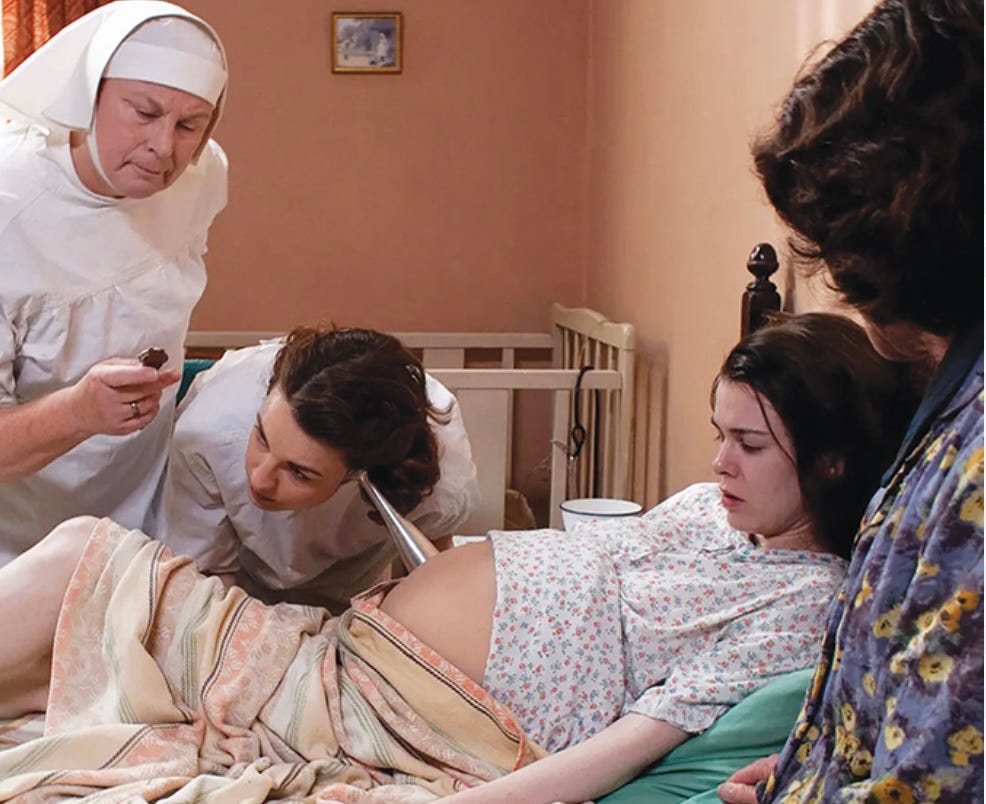
As I wrote here for
(slightly edited):“At this point in my female life, I view birth as a sacrament. The definition of sacrament I am referring to here is the one that states “A rite believed to be a means of or visible form of grace, especially”. Birth is a ceremonial act, an experience of rightness and beauty for the woman. It is the ultimate act of female physiology. That is the natural design at least. Birth is the magnum opus in the tradition of female physicality.”
A culture of sterility is also a culture where taking the time to make something by hand is considered a luxury and a privilege. Maybe even frivolous. Definitely unimportant. Making is messy. It forces the perfectionist to learn how to work through failure and disappointment. Sterility culture is also instant gratification culture and handicrafts force us to slow down and be patient and focused and obsessive in a healthy way. In the same way handicrafts force patience and focus upon us in service of vital energy, so too does gestation. To gestate a child is not to be imprisoned anymore than to weave a basket is to be imprisoned. The messiness of child-building is similar to the messiness of artistic process in that in the long moments of growth, there is a force which guides us that is not always of us, and we have to learn to be accepting and welcoming of this force. It is in this process of welcoming that we gain grace.
Being that I am currently in this place of welcoming, I am particularly attuned to this fact. This place I inhabit, now for the fourth time over, is where the cultural coercion of my past dissolves. It is my own embracing, my allowance and acceptance of the process of gestation, that becomes the cultural solvent. In embracing generation, women not only create, we collectively may eradicate societal plague.
I am at the point in this pregnancy where I can feel whispers of movement, rolling sensations that undulate under my fascia, occasionally strange twinges that shoot into my hip bones. This is the quickening.
From Jenni Nutall’s book Mother Tongue, The Surprising History of Women’s Words:
“Quick on its own can mean simple ‘alive’ as in that strange pairing the quick and the dead. But the quickening was the point in pregnancy when a woman could feel the foetus’s movements within her. To be quick with child was to be later in pregnancy.”
She goes on to state:
“Today's arguments about abortion often take place at the extremes of pro-life or pro-choice. But earlier debate wasn’t quite so certain about the starting-point of life and where a foetus fitted in the nature of things. Most medieval and Renaissance experts believed that the foetus did not come fully alive until it had been given a soul. Authorities gave various timespans for this animation (a word which derives from Latin anima, 'the soul’) or ensoulment. Some said forty days, some longer. By the eighteenth century, religious opinion had changed its mind and now believed that the foetus was alive from the very beginning (even if it wasn't certain when it was ensouled) and hence should be protected. Soon the law followed suit. In Britain, post-quickening abortion was criminalised by Act of Parliament in 1803, with a second 1837 Act criminalising abortion at any stage pregnancy. What had once been somewhat out of reach of the law was now definitively illegal.”
So I suppose my baby is ensouled now, although I don’t know exactly how much weight I place on the timing of this process, but what I do know is that in those little quick moments where I am suddenly brought into the awareness that my body is home to life yet again, I am reminded of the song of continuance. My own body is the scene of life-making, and within me is a convergence of connective potentiality.
Like rivers that meet in a confluence, two souls meet in the confluence of procreation. This is two-fold in that this connection between my own soul and that of my baby is the result of another connection, the one between my husband and I. In the same way rivers flow full of symbiotic life, so too do the waters within my womb, which will give way to an unending amount of future human interdependence and connection via the life I choose to bring forth and the relationships he or she will form and nourish in the time that their soul will live within this body I am making from my own blood and bone.

In pregnancy, I feel full, and some days the fullness feels like a burden, as there is much discomfort at times. In understanding the purpose of the discomfort, I do find comfort, but it can be trying. Just like the pain of labor is a capable pain, a pain with purpose, the moments of frustration and disappointment and doubt that are a part of my own writing process have purpose as well. One of the greatest lessons I have been recipient of is the power of painful, excruciating transition. In labor, it is quite literal. In life and art, it can be slower and less obvious, but the way these transitions culminate in tremendous understanding of our truest nature is the same. The vulnerability and humility that are demanded in all acts of vitality strip away all manner of conditioning, all considerations of expectation, and all of the false stories we have written of ourselves for ourselves. In this shedding of illusion, there is an illumination of our own dignity and purity, qualities we tend to forget.
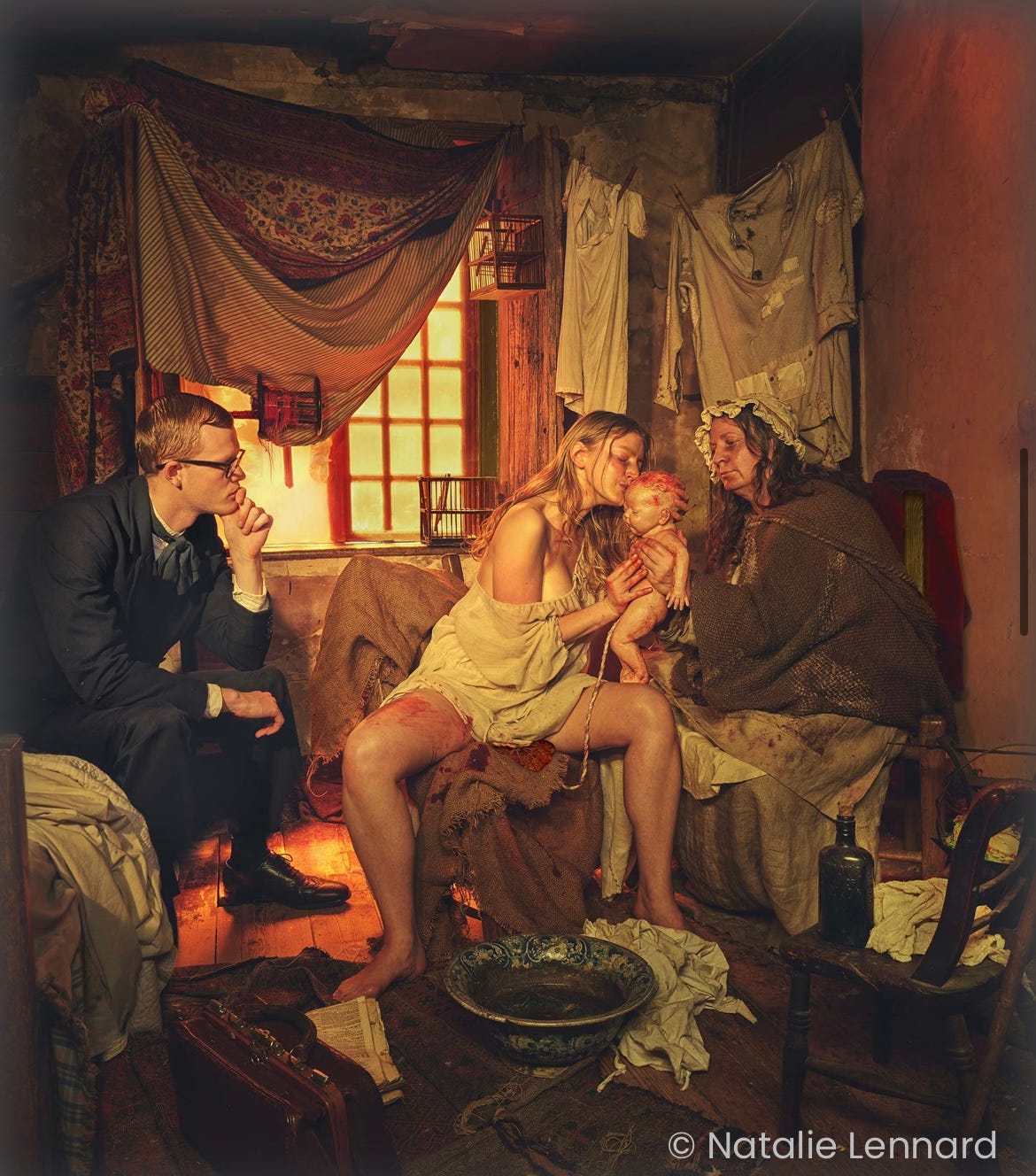
The lyrics to the song of continuance are ancient ones, yet they are written into our hearts and bones. They flow through our bloodstreams and live in our maternally derived mitochondria. The hums and cries and moans and sighs of relief of every woman who has birthed live in our throats. The apprehension, the worries, the sorrow, the joy, the passion, the gratitude, the love of all women live in those lyrics. As I sat with my positive pregnancy test a few months ago, the overwhelming weight of all of this washed over me. It is again my turn to sing the song, to wail and moan, to cry tears in moments of ultimate belonging. I wish I could have known what that belonging was worth, and I wish I had seen my own dignity and dignity purity in those early years. The graciousness of life is that even despite my blindness to it all, these gifts were still available to me. They are available to all of us.


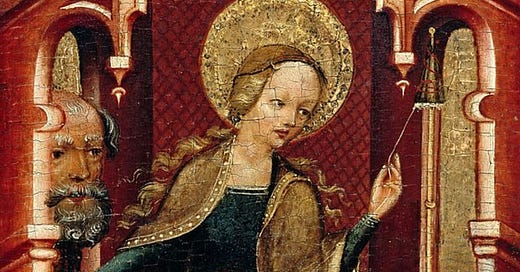



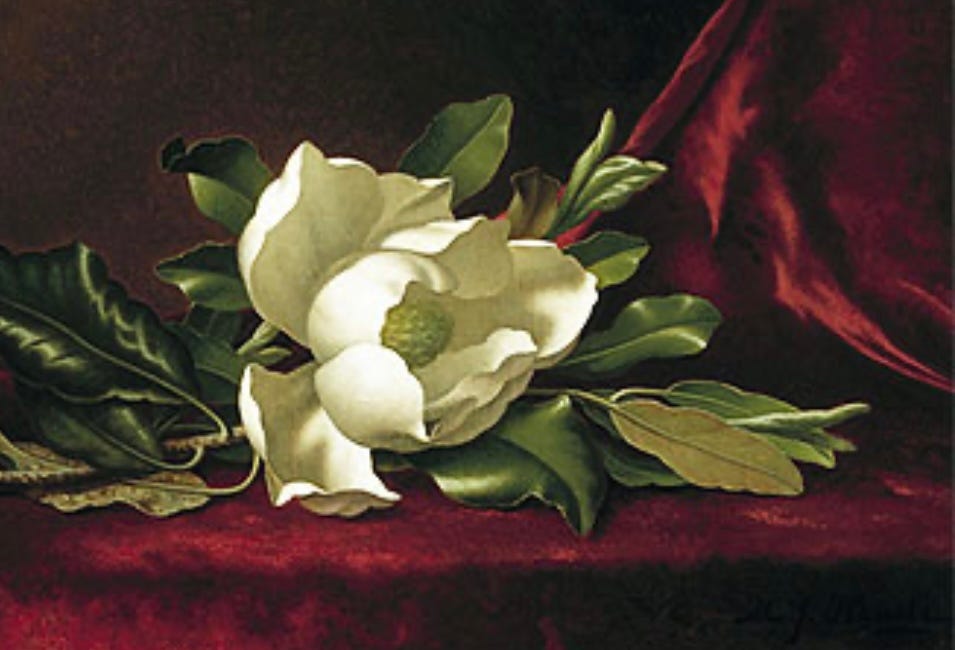
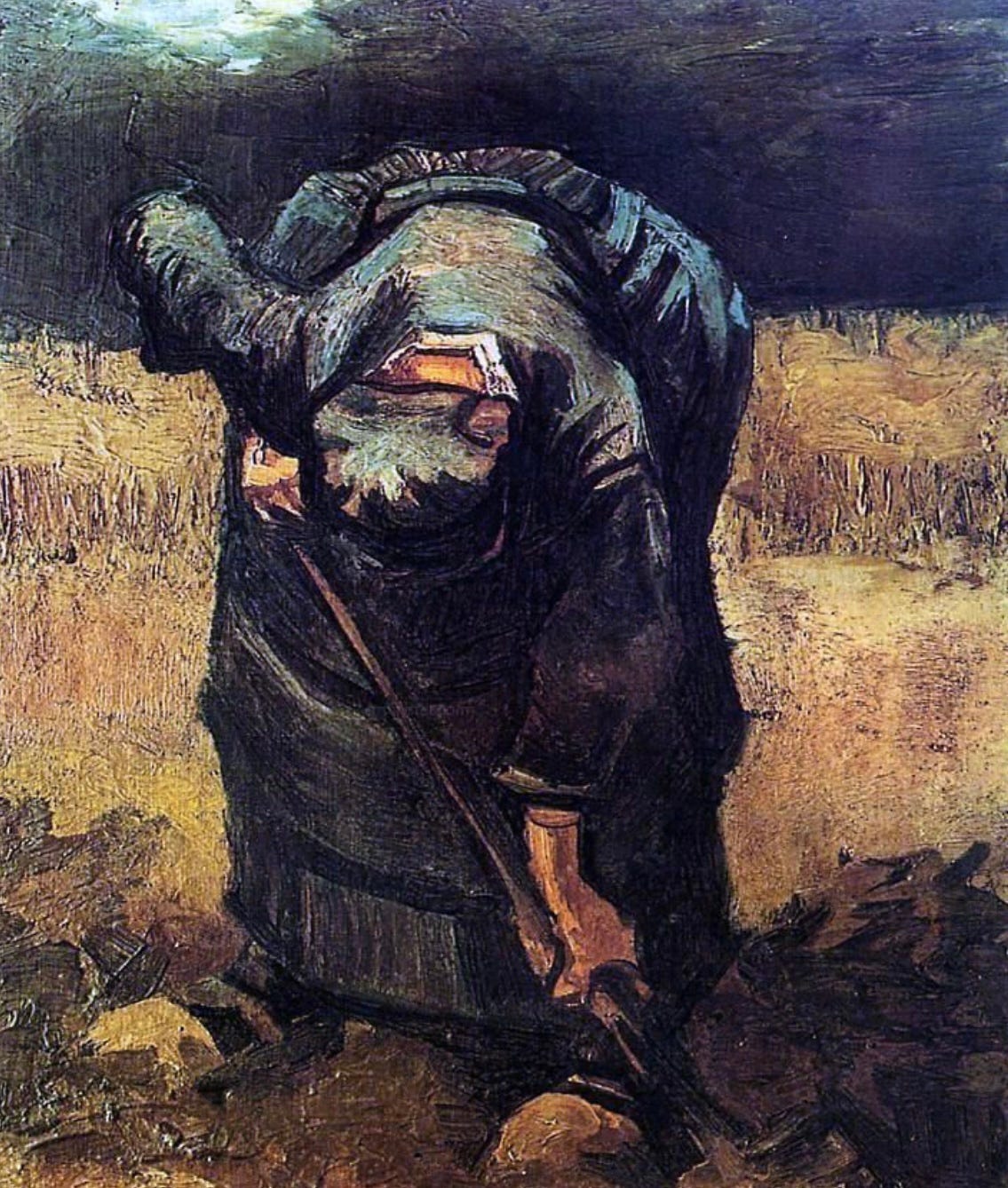

Rejecting sterilized culture to embrace the messiness of creation has got to be the most urgent (and least acknowledged) challenge we face. Thank you for plotting it out so eloquently. Wishing you good health and vibrancy in this pregnancy.
Congratulations on the pregnancy!
"When I bent to the will of the men I was dating and chose to abort those two babies, I failed to understand that not only was I a casualty of personal, relational coercion—myself and those babies were casualties of cultural coercion. I do not say this to absolve myself of my part in those choices, I say this to give context to the bigger picture in which many women like myself have been involved in these situations. I do think there is an element of coercion in every abortion"
So beautifully put! I'm G2P1. I've talked about this with a few former & current rad moms, but the abortion I had at 22 was most definitely cultural and relational coercion. No one supports poor, young, unmarried women in having a child they didn't plan. I certainly thought an abortion was the right thing to do. I was a cashier at a gas station, and I remember throwing up into the trash can in the back room during one of my shifts, only to come back to the register and help a customer who was pregnant, happy and had a family. The ache I felt inside is something I will never forget. It was a mixture of jealousy that she had a life in which she was "allowed" to have her baby, and just a deep, profound sadness that I wasn't in that place. I remember telling myself that I was sad about the abortion because of pregnancy hormones, but the truth is that I'm still sad, 14 years later. I realize now that I was mourning my child in the gas station I was working at. That is deeply unsettling to me, and I wish anyone would have said "it's okay to have your baby even though it's going to be hard". But in sterility culture, no one actually cares about what the mother wants to do about her unplanned baby.